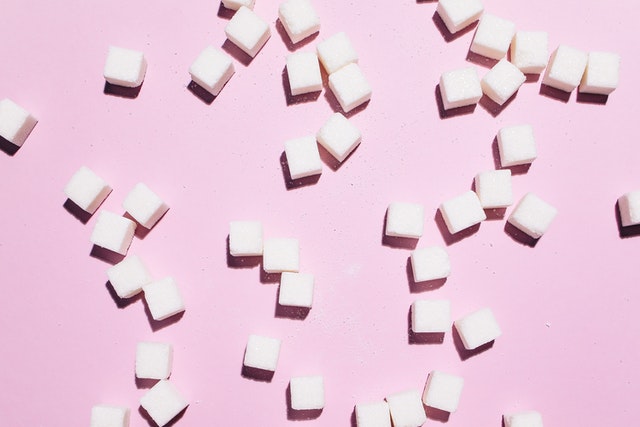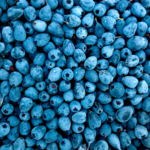You put down the donut, saved the sweets for your kids, and even swapped yogurt for ice cream or stopped adding sugar to your daily coffee, but you’re still on the hook. Despite their best efforts, the average American consumes three times the amount of sugar suggested by the American Heart Association on a daily basis. Even health-conscious, all-natural, well-rounded diets can contain hidden sugars, with women not allowed to consume more than six teaspoons per day and men not allowed to consume more than twelve, according to the World Health Organization.
What’s the big deal about sugar? Obesity, heart disease, type 2 diabetes, and cancer have all been linked to it in studies. Humans, on the other hand, do not require any additional sugar.
You may believe you aren’t consuming sugar, but processed foods, some of which aren’t even sweet, account for 90% of all added sugar consumed, and it sneaks up on individuals. Furthermore, even foods containing natural sugars can push us over the edge.
Here are the top 9 sugar-containing foods that will astound you.
Yogurt

When contrasted to low-fat products, regular yogurt has lost favor in people’s desire for a balanced diet. However, as the fat level in yogurt decreases, so does the flavor. More sugar is added to get some of that delightful goodness back, up to 11 teaspoons in just one cup. Furthermore, low-fat yogurt does not provide the same health benefits as full-fat yogurt.
And what about fruity yogurt? Forget about it. To make a healthier snack, use full fat, natural, or Greek yogurt and add your own fruit, nuts, or honey.
Fruit Juice
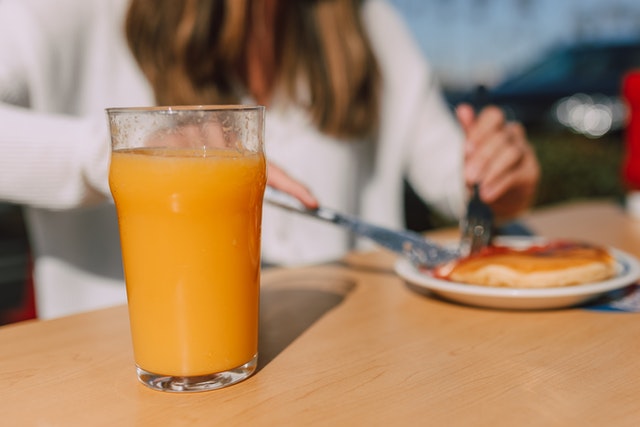
Fruit juice contains a lot of vitamins and minerals, but it lacks fiber, and manufacturers frequently add even more sugar to the combination. Fruit juice, even without additional sugar, has been linked to the same negative health effects as soda. Whole fruits, according to research, lessen the incidence of type 2 diabetes, however fruit liquids cannot.
Sports Drinks
We think of sports drinks as a healthier alternative to soda or even water with added electrolytes, but they’re loaded with sugar for a reason! Sugar is used to balance energy loss in these drinks, which are designed to hydrate athletes after severe bouts of exercise. In fact, one bottle of the thing has about ten teaspoons of sugar in it. These beverages have also been related to obesity and metabolic disorders, so unless you’re training for hours every day, skip the electrolyte-marketed drink and stick to water instead.
Smoothies
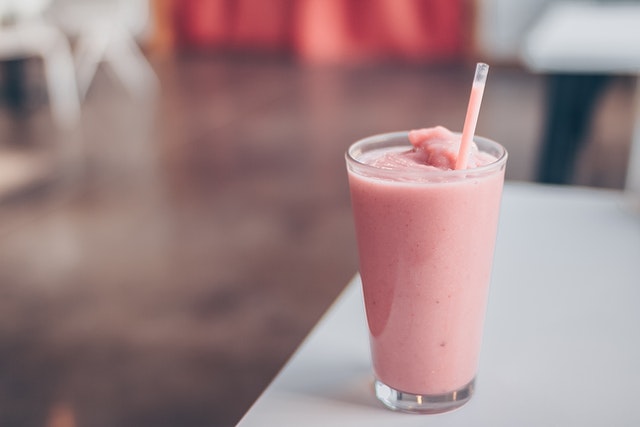
Smoothies made at home with fresh fruit and unsweetened ingredients are another health fad that can provide you with a lot of the nutrients you need throughout the day. However, pre-made smoothies from the grocery store sometimes contain a lot of sugar in the form of syrups, fruit juice, or even ice cream. Almost 14 tablespoons of sugar can be obtained from a single bottle.
Granola and Protein Bars
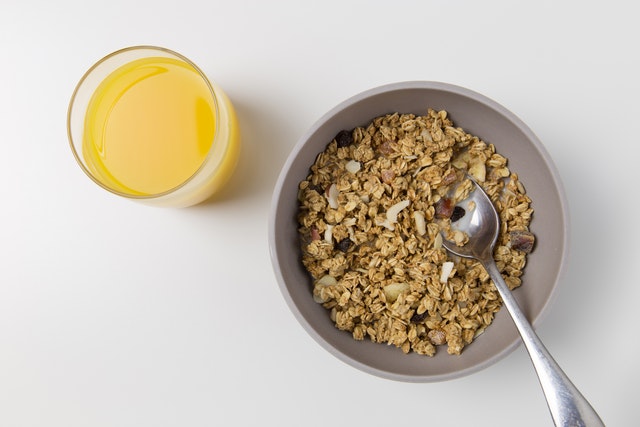
We’ve all heard of crunchy granola heads, the affectionate (or sometimes so affectionate) moniker for extreme all-natural health nuts. Granola, on the other hand, turns out to be high in calories and sugar. Granola has 400-500 calories and up to seven teaspoons of sugar per half-cup due to the oats being blended in a nut-and-honey mixture.
Protein bars aren’t much better, despite the fact that they’ve been marketed as “health foods” for years. Most of them have up to five teaspoons of sugar in them. That’s on the same level as candy bars. Be aware of granola bars, which are similar to granola bars but lack the protein boost.
Barbecue Sauce and Ketchup

While slathering on the condiments may appear to be a healthy and appetizing diet decision, many sauces and additions are heavy in sugar. More than two teaspoons of sugar are contained in just two tablespoons of BBQ sauce. Sugar makes about one-third of its weight.
Sugar is also abundant in ketchup. One teaspoon of sugar is contained in each tablespoon of ketchup, so use it sparingly.
Sauce
Because tomatoes are a natural source of sugar, most spaghetti sauces contain it, even if we don’t think of it as sweet. Sugar is also added to a lot of sauces. Making your own sauce is the greatest method to cut away the unnecessary sugar, but who has time for that? If you’re buying something from the shelf, double-check the ingredients on the label. Sugar isn’t a prominent component if it isn’t stated or is put near the bottom.
Canned Soup
Hearty soups aren’t usually associated with syrupy sweetness, but if you buy your soup from a can, you’re likely to encounter a significant amount of added sugar, which comes in a variety of ways. If dextrose, maltose, high fructose corn syrup, barley malt, or sucrose appear in the ingredients list, the additions are adding sugar to your diet.
Soup made from home is a healthy option that isn’t difficult to prepare. When you have a craving, or even if you want a full meal, simply defrost, boil some water, and add your own fresh vegetables, meats, and seasonings, and you’ll have a sugar-free treat.
Salad Dressing
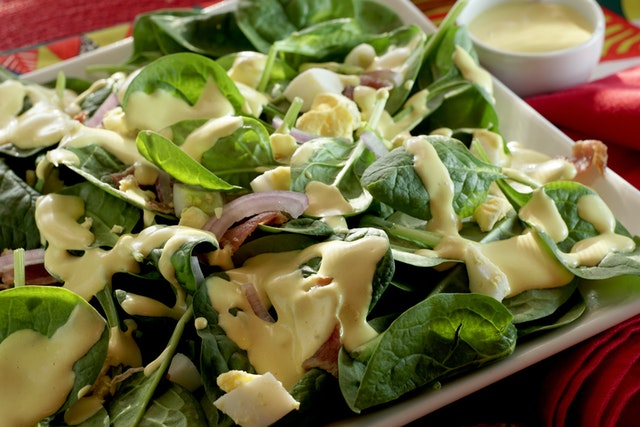
I mean, what could be healthier than a salad? However, if you use store-bought dressing, you may be increasing your sugar intake significantly. Dressings that are light and fat-free are the worst offenders. Instead, make your own olive oil and vinegar mixture. Hummus, lime juice, and even pureed berries can all be used as sugar-free alternatives.
Conclusion
The average American consumes 22 teaspoons of added sugar every day, increasing their risk of heart disease. It can even modify the composition of your blood, raising triglycerides while lowering good cholesterol. You can remain on top of it if you pay attention to the labels. Avoid ingredients with the words “syrup” or “sugar” in the name or that end in “ose.”
Spices like cinnamon or nutmeg can be used at home to give a meal a little kick without the sugar overdose. Remember, if you read the labels and choose all-natural foods, you won’t have to give up your favorite meals.

